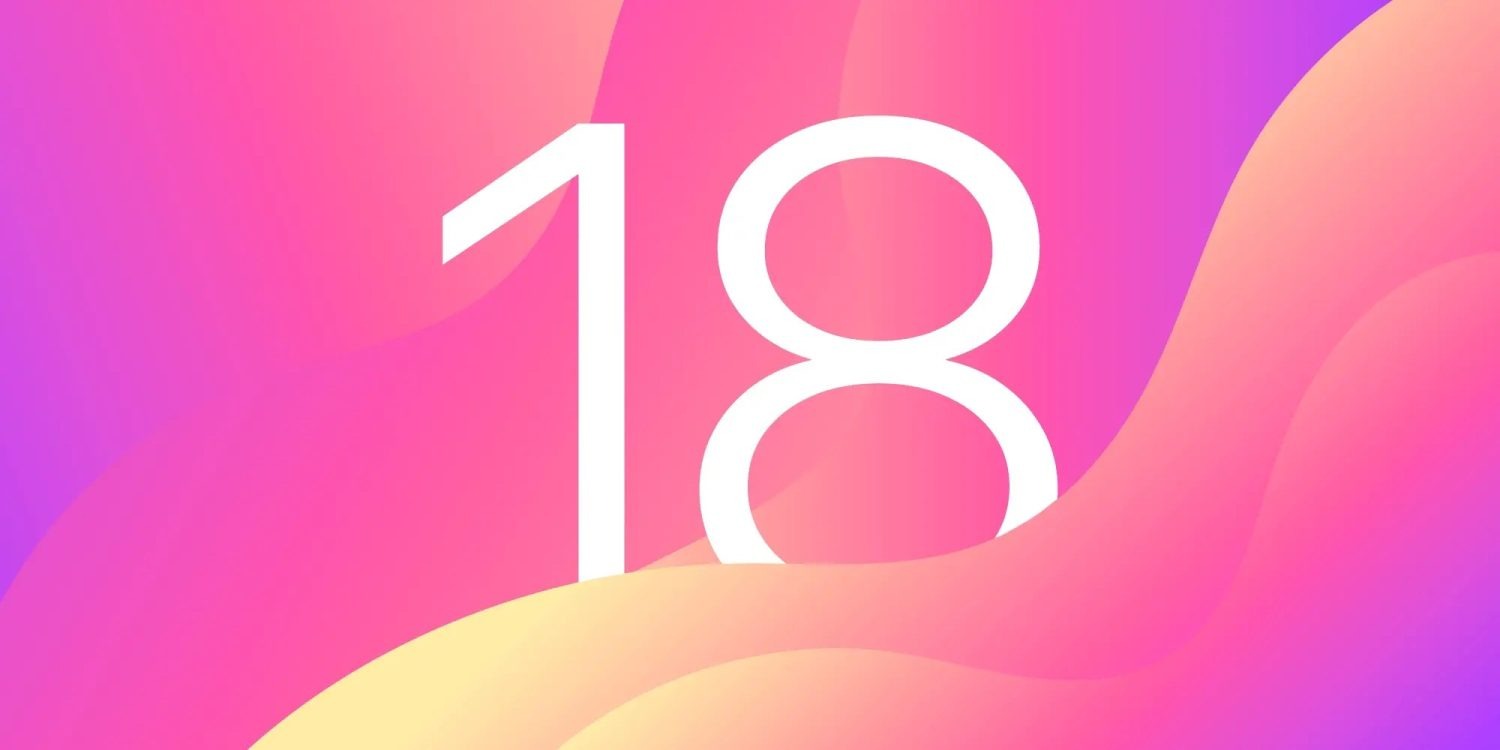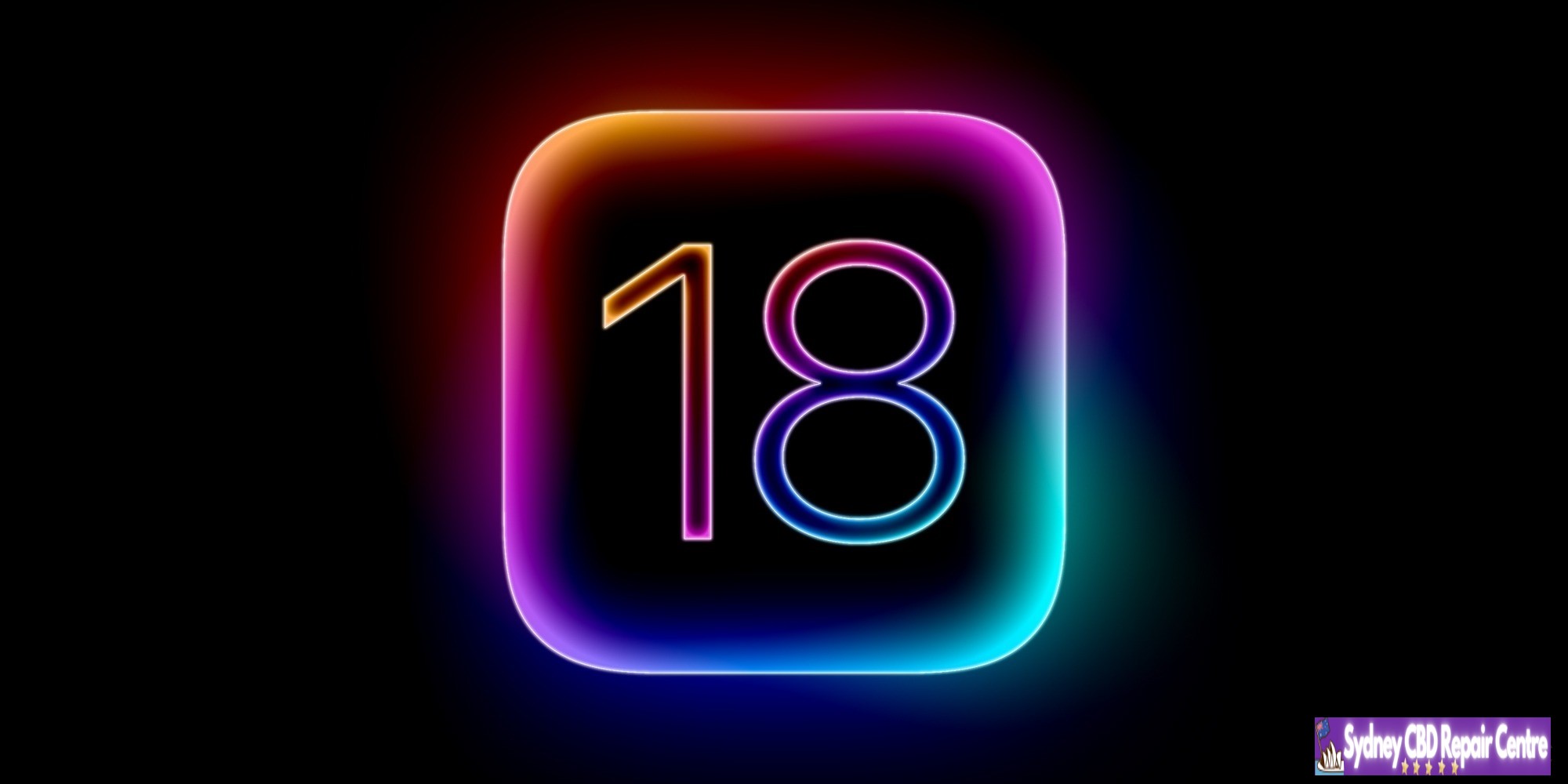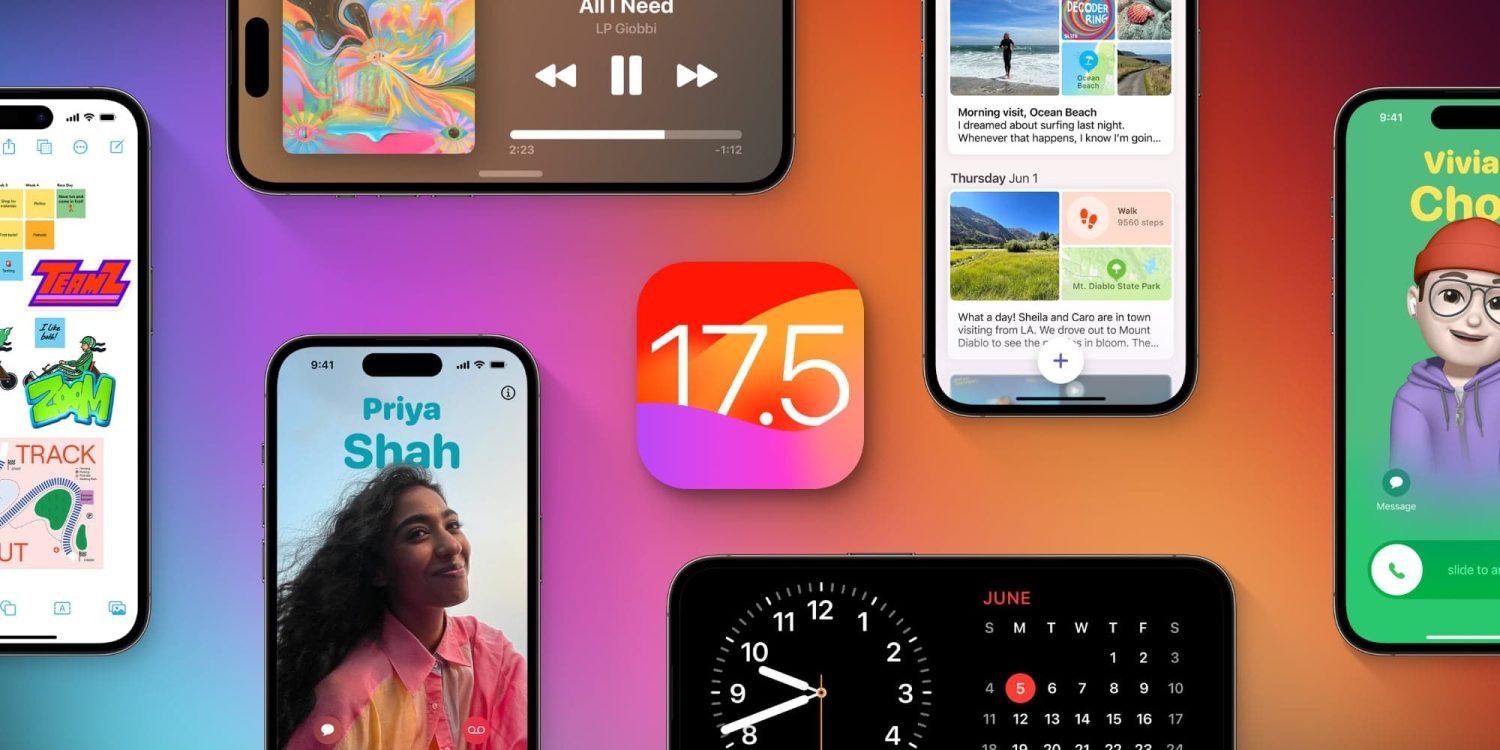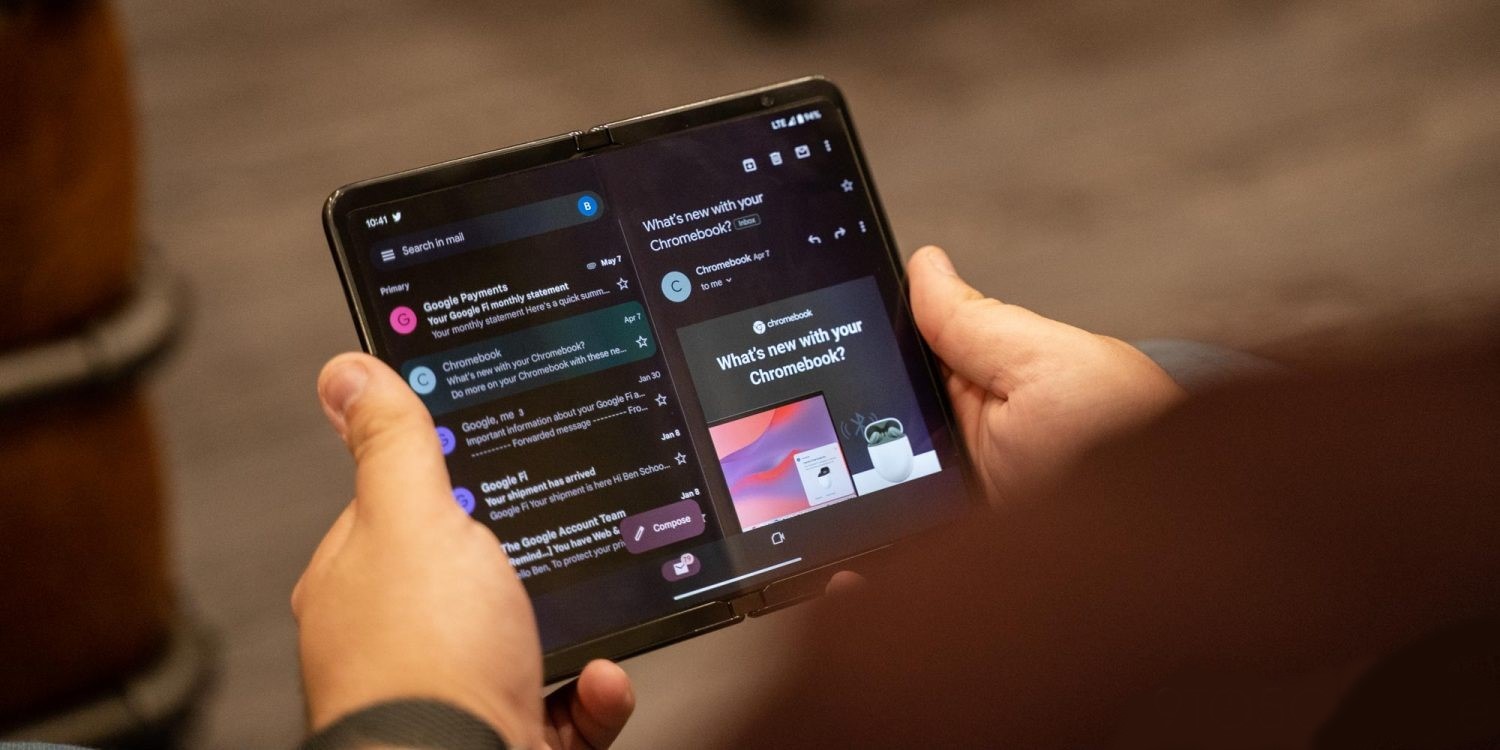❤ iOS 18 to update many of the built-in apps, home screen updates, ‘modular’ design tweaks
In the latest edition of his Power On newsletter, Mark Gurman gives us a few more hints about what to expect from iOS 18 in terms of upcoming new software changes for the iPhone.
Gurman writes that alongside the slate of artificial intelligence features, iOS 18 will include updates to most of the popular built-in apps on the iPhone, including overhauls for the Photos, Mail, Notes and Fitness apps. The Calculator app will be updated with new features, and made available on the iPad for the first time.
iOS 18 has been described as one of the biggest iPhone software updates, ever. Users can expect new features across the OS. We have previously heard about new features coming to Apple Maps for instance.
Corroborating previous reports, Gurman also says that the iPhone home screen will get some new capabilities. Users will be able to freely place icons for the first time, not aligned to the grid.
The overall OS will reportedly get a bit of a facelift with Gurman expecting a series of design tweaks, although not as dramatic as the iOS 17 transition. Specifically, he says that the design changes will make the app designs more “modular” and “easier to update and customize”.
This is speculation, but it sounds like Apple is working to standardize the library of UI components it uses across its apps, which will make it easier for the engineering teams to update them over time, especially as increasingly they are made available as universal apps spanning iPhone, iPad, Mac, Apple Watch, tvOS, and visionOS.
We’ll know for sure when Apple officially announces iOS 18 at its WWDC developer conference, in June. The keynote announcements will kick off at 10 AM PT on June 10. Nearer term, Apple will hold a spring product event on May 7 where it will unveil the new iPad Pro and iPad Air lineups.





















